The “Tracht”, the traditional dress in South Tyrol - insights at the Museum of Traditional Costumes
Image gallery: Castelrotto Museum of Traditional Costumes
Traditional costumes are deeply intertwined with regional identity in Castelrotto and throughout South Tyrol. Even today, they are worn on major holidays and special occasions. Their history dates back to the time of Charlemagne. Back then, farmers were only permitted to wear clothing made from materials they produced themselves. As a result, traditional dress was simple and served as workwear. Women further protected their clothing with an apron.
It wasn't until this regulation was lifted in the mid-18th century that the first more elaborate and richly decorated costumes, as we know them today, emerged. They evolved into a vibrant cultural asset. The Castelrotto men's costume consists of a traditional shirt, waistcoat, "Scholder" (a dark Loden jacket), traditional trousers, and high traditional shoes. A carnation and some greenery adorn the traditional hat. Women wear a long black skirt and a velvet bodice.
Under a silver or colourful fringed shawl, they wear a black "Erbl" with a black moiré apron in winter, and a white "Jöppl" with a blue apron in summer. Unmarried women wear a coiffure with lobes, while married women wear a bun. The Museum Association Castelrotto and the Local History Association Sciliar have been researching and documenting the costumes of the Alpe di Siusi area for years. Their work culminated in a two-volume treatise in 2016 and the opening of the Castelrotto Museum of Traditional Costumes (Trachtenmuseum Kastelruth) in 2019.
These historical costumes can also be admired at the Country Wedding in Castelrotto, one of the most splendid events of its kind in South Tyrol. How to get there: The museum is located in Castelrotto village and can be reached, for example, by bus number 170 from Bolzano. Parking is available nearby. During Advent, the "Castelrotto Mountain Christmas" market takes place in the village square - the Piazza Kraus - in front of the museum.
Contact info
- Piazza Kraus / Krausplatz 2 - 39040 - Castelrotto / Kastelruth
- +39 0471 706333
- info@museum-kastelruth.com
Opening times
Despite careful control we cannot guarantee the correctness of the provided data.
Admission
voluntary donation
More information
The Castelrotto Museum of Traditional Costumes stays open from Monday to Saturday all year round, Sunday rest day. It remains closed on public holidays.
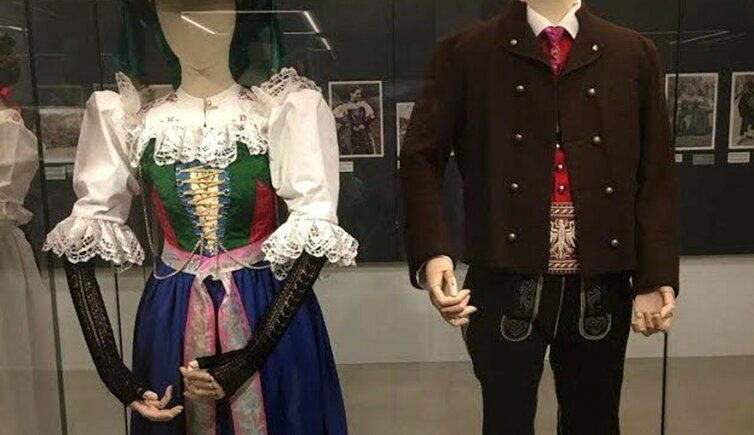
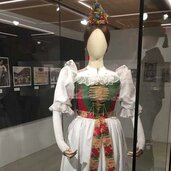
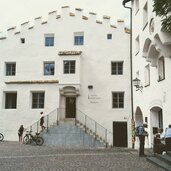








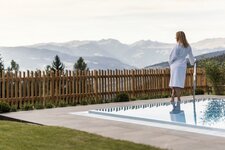
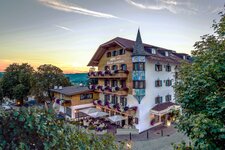
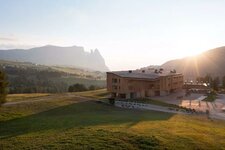
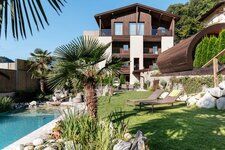

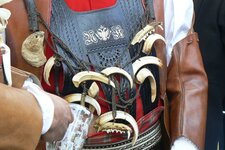
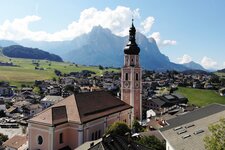

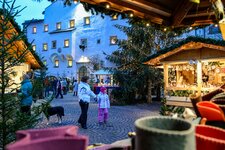

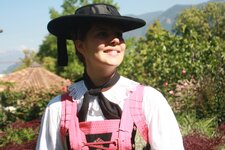

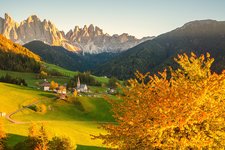
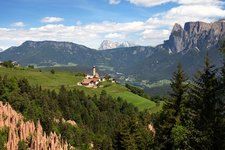



































































































.jpg)




































